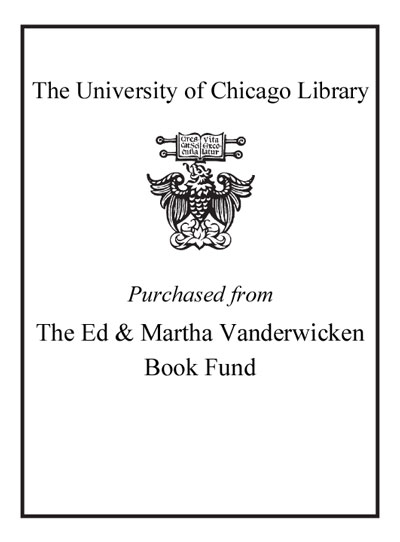Review by Choice Review
In this clearly written, well-illustrated study, Arkush (Univ. of Pittsburgh) offers a detailed history of the Colla, an important indigenous group conquered by the Inca in the 15th century. Her study, like Brian Bauer's The Development of the Inca State (1992), Charles Stanish's Ancient Titicaca (2003), and R. Alan Covey's How the Incas Built Their Heartland (CH, Mar'07, 44-4025), views the documentary sources written after the Spanish conquest as incomplete and biased. Arkush therefore bases her reconstruction on archaeological research, arguing that it gives more direct insight into the nature of Colla society. Given that the dominant type of settlement during this time is the pukara, or fortified hilltop settlement, Arkush begins by discussing models of the causes of warfare and its consequences. She describes pukaras and the landscape of which they are a part in depth, using a rich and carefully analyzed body of information gathered through architectural survey, GIS mapping, and excavation, and examining spatial distribution, change over time, local community organization, and interregional dynamics. Arkush argues convincingly that conflict developed from a combination of environmental, social, and historical factors that perpetuated a fragmented and violent political landscape. Summing Up: Recommended. Upper-division undergraduates and above. J. A. Hendon Gettysburg College
Copyright American Library Association, used with permission.
Review by Choice Review

